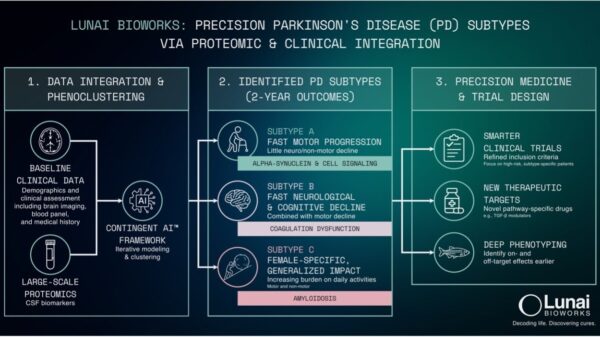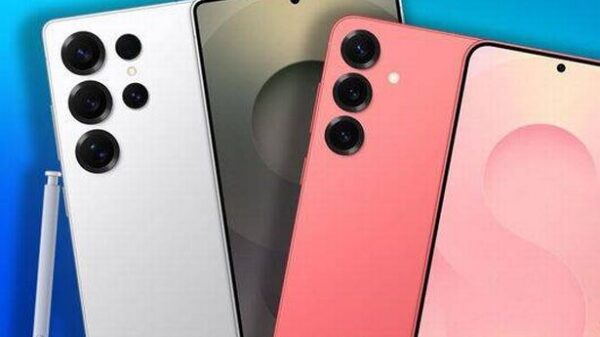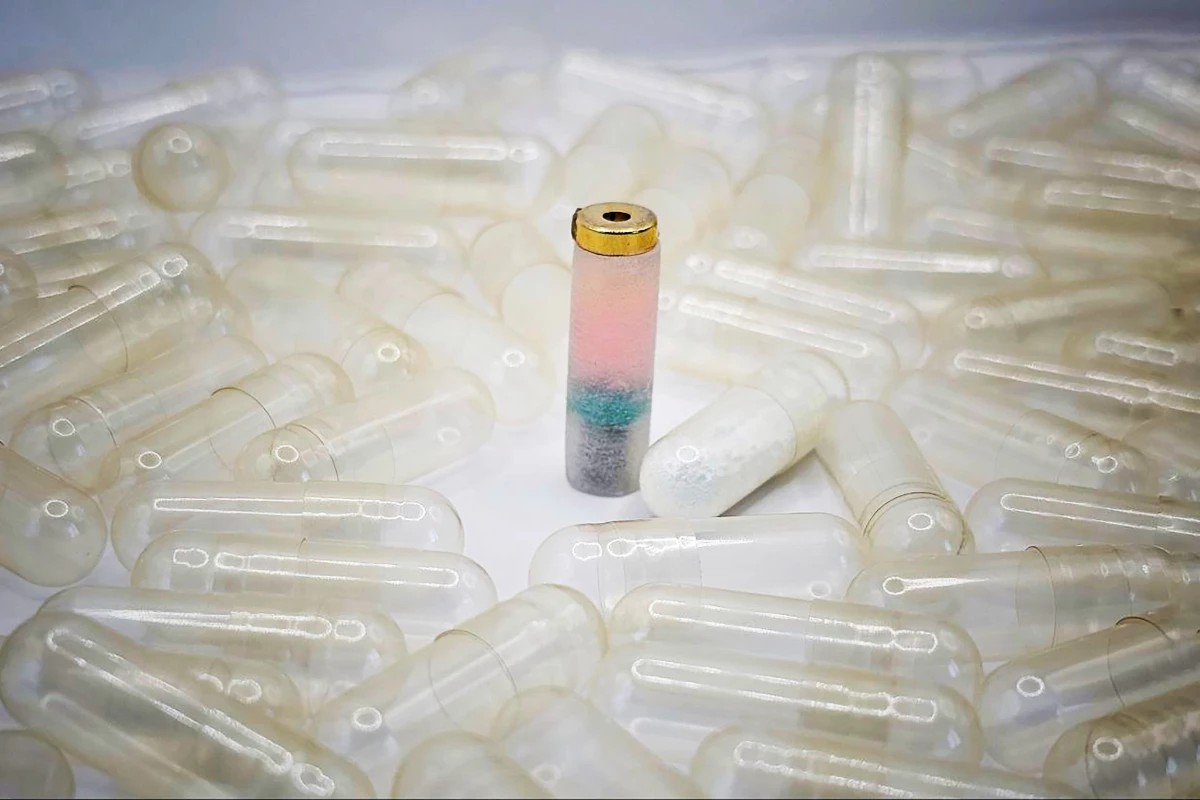A groundbreaking advancement in ulcer treatment is on the horizon with the development of a swallowable device that could significantly change how perforated ulcers are treated. Known as the Magnetic Endoluminal Deposition System (MEDS), this innovative device is currently in prototype form and is being developed by researchers at the École Polytechnique Fédérale de Lausanne (EPFL) in Switzerland, including lead scientists Vivek Subramanian and Sanjay Manoharan.
The MEDS device resembles a small pen and is designed to be ingested. Traditional treatment options for perforated ulcers typically involve invasive surgery, but MEDS aims to provide a less invasive alternative. The device is filled with a bio-ink composed of a seaweed-derived gel, known as sodium alginate, and live human gastric fibroblasts—cells that contribute to the stomach’s connective tissue.
Once swallowed, the device is guided through the digestive tract to the ulcer site using an external magnet connected to a robotic arm. Medical imaging aids in tracking the device’s location. When the nozzle reaches the ulcer, a near-infrared light source is applied externally. This light generates heat that melts a polylactic acid (PLA) stopper within the device, allowing a spring-loaded plunger to push the bio-ink out of the nozzle.
This bio-ink not only serves to plug the ulcer but also facilitates healing as the fibroblasts grow and reproduce. The technology has already shown promise in laboratory settings, where it has been used to treat artificial ulcers on simulated gastric tissue and to deposit bio-ink in the digestive tracts of rabbits without ulcers.
In laboratory experiments, the cell-laden bio-ink maintained its structural integrity for over 16 days, suggesting its potential as a ‘micro-bioreactor.’ This capability allows it to release growth factors and recruit new cells, which are essential for effective wound healing. According to Sanjay Manoharan, a PhD student in Subramanian’s lab, these results highlight the promising future of this technology in the field of gastrointestinal medicine.
The research findings were recently published in the journal Advanced Science, marking a significant step forward in non-invasive treatments for ulcer patients. As this technology progresses, it could provide a groundbreaking alternative to surgery, potentially improving patient outcomes and reducing recovery times.
The MEDS device represents an exciting leap in medical technology, with the potential to transform the treatment landscape for individuals suffering from perforated ulcers. Researchers continue to refine the device, aiming for future clinical trials that could bring this innovative treatment to patients in need.







































































